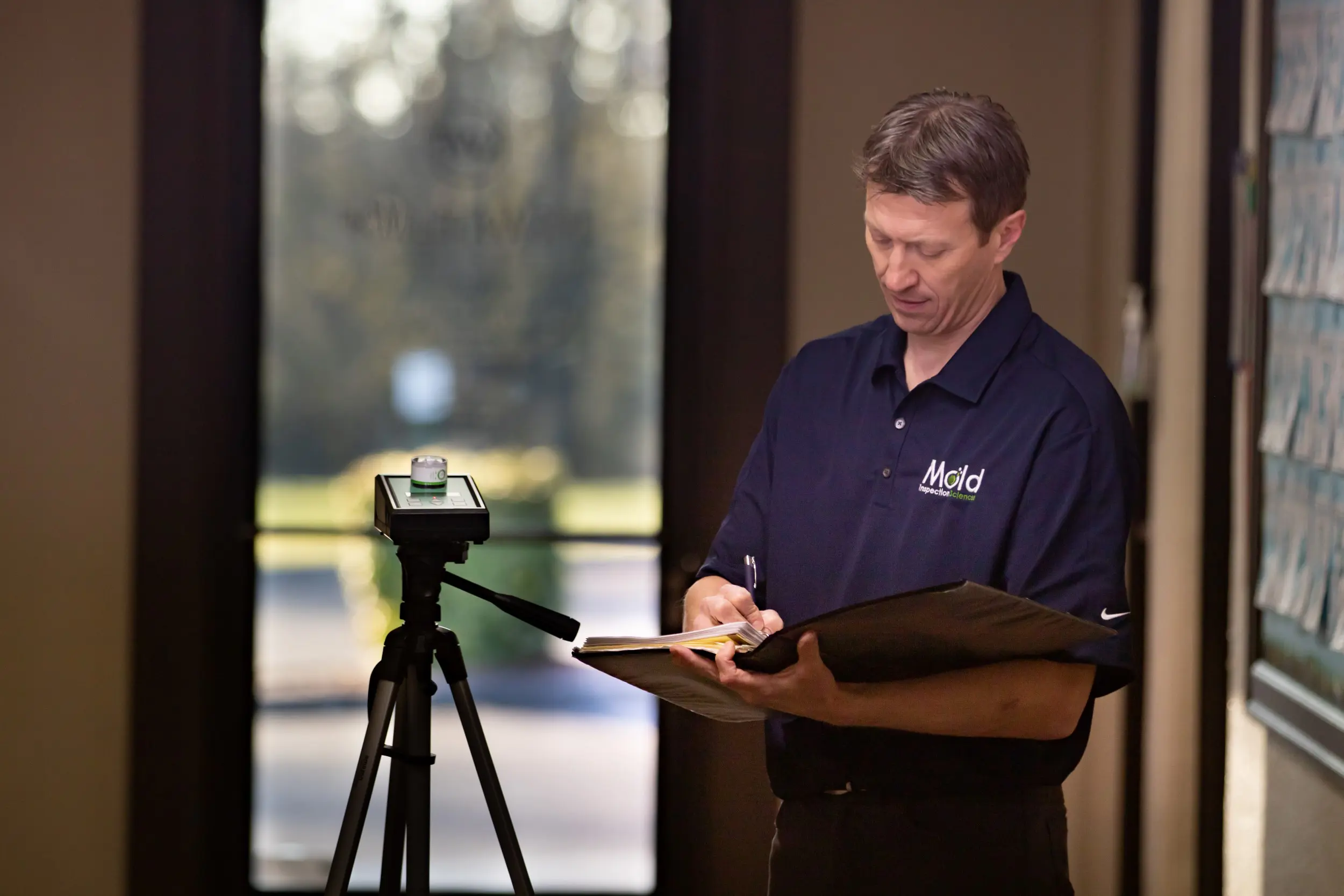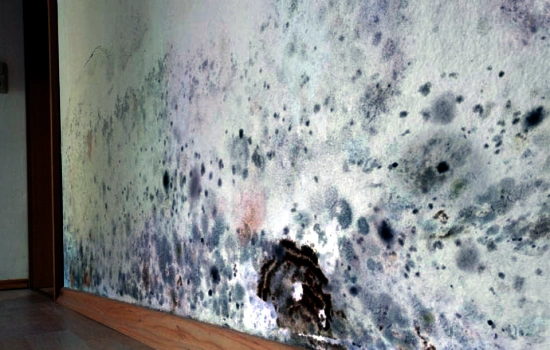Crafting a Comprehensive Post Mold Remediation Report
Your Ultimate Overview to Blog Post Mold And Mildew Removal Techniques
In the aftermath of mold and mildew problem, knowing how to successfully get rid of the mold and mildew and prevent its reoccurrence is paramount for preserving a healthy and balanced indoor atmosphere. From selecting the appropriate cleansing and sanitizing techniques to carrying out approaches for long-lasting mold and mildew avoidance, each step in the remediation trip plays an important role in making sure an effective outcome.
Comprehending Post-Mold Remediation Process
After finishing the mold and mildew remediation process, it is essential to recognize the post-mold remediation methods that are required to ensure a complete and reliable clean-up. Once the mold and mildew has actually been gotten rid of, the next step entails cleansing and decontaminating the influenced areas to prevent any kind of regrowth of mold and mildew. This consists of using specialized cleansing representatives to clean down surface areas and eliminate any type of remaining mold spores. It is necessary to dry out the area totally to inhibit the growth of mold in the future (testing air quality after mold remediation). Appropriate ventilation and dehumidification can aid in this procedure.
In addition, conducting a last examination post-remediation is important to make sure that all mold and mildew has actually been efficiently eliminated. If the inspection exposes any type of lingering mold, added remediation may be necessary.
Effective Cleaning and Decontaminating Methods

Stopping Future Mold Growth

Significance of Appropriate Ventilation
Correct ventilation plays an important role in preventing moisture accumulation, a key element in mold growth within indoor settings. Reliable ventilation systems assist eliminate excess moisture from the air, decreasing the chances of mold and mildew spores locating the wetness they need to spread and germinate. Without sufficient air flow, interior rooms can become a reproduction ground for mold, resulting in prospective health risks and architectural damages.
By ensuring correct air blood circulation, air flow systems can also help in drying out wet areas faster after water damage or flooding occurrences, better deterring mold growth. what to do after mold remediation. Precede like shower rooms, attics, cellars, and cooking areas where wetness levels have a tendency to be greater, setting up and maintaining effective air flow systems is critical Visit Your URL in avoiding mold and mildew infestations

Surveillance and Maintenance Tips
Provided the important duty that correct air flow plays in preventing mold development, it is critical to develop efficient monitoring and upkeep tips to guarantee the continued performance of ventilation systems. Regular assessments of air flow systems need to be conducted to look for any indicators of obstructions, leaks, or malfunctions that might impede proper airflow. visit Surveillance humidity degrees within the property is likewise critical, as high humidity can add to mold development. Installing a hygrometer can assist track moisture levels and sharp homeowners to any kind of spikes that may wikipedia reference call for interest. Additionally, guaranteeing that air filters are routinely cleaned or replaced is vital for keeping the performance of the ventilation system. Executing a timetable for routine upkeep jobs, such as air duct cleaning and heating and cooling system examinations, can assist prevent problems before they rise. By staying positive and conscientious to the condition of ventilation systems, residential property proprietors can properly mitigate the risk of mold regrowth and keep a healthy interior environment.
Final Thought
Finally, post-mold removal strategies are necessary for guaranteeing a tidy and safe atmosphere. Recognizing the process, carrying out reliable cleansing and decontaminating methods, stopping future mold development, maintaining appropriate air flow, and routine tracking are all crucial actions in the remediation procedure. By complying with these standards, you can successfully eliminate mold and stop its return, advertising a healthy living or functioning room for all owners.
In the results of mold and mildew invasion, understanding exactly how to properly remove the mold and avoid its reoccurrence is vital for preserving a healthy and balanced indoor setting. As soon as the mold and mildew has actually been eliminated, the next action entails cleaning and decontaminating the influenced areas to avoid any kind of regrowth of mold - Post Mold remediation cleaning. After removing visible mold and mildew growth, it is essential to clean all surfaces in the afflicted location to eliminate any type of staying mold spores. To further boost mold prevention measures, it is crucial to address underlying concerns that at first led to mold development.Offered the crucial role that correct ventilation plays in avoiding mold and mildew growth, it is imperative to establish effective surveillance and upkeep suggestions to guarantee the ongoing functionality of air flow systems